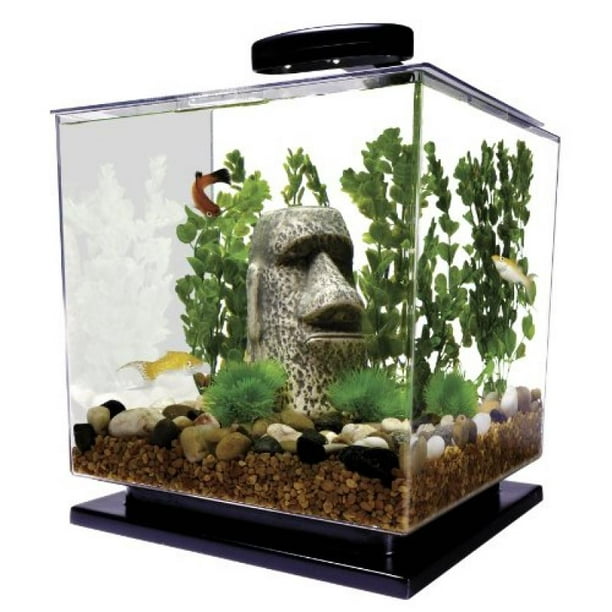Purina Catfish 32 Floating Fish Food Diet, 50 lb. Bag
A floating fish feed that is comprised of high-quality ingredients and nutrient levels designed to maximize efficient production of all types of catfish. When combined with proper management practices, Purina® Catfish 32 is formulated to support the growth of large, healthy catfish.
A floating fish feed that is comprised of high-quality ingredients and nutrient levels designed to maximize efficient production of all types of catfish. When combined with proper management practices, Purina® Catfish 32 is formulated to support the growth of large, healthy catfish.
- 32% high-quality protein with balanced amino acids to support lean growth
- High energy ingredients encourage rapid and efficient growth
- Stabilized vitamin C supports optimal health
Additional information
| Fish Type | Catfish |
|---|---|
| Food Product Form | Extruded |
| Packaged Height | 35 in. |
| Packaged Length | 35 in. |
| Packaged Weight | 50 lb. |
| Packaged Width | 18 in. |
| Package Size | 50 lb. |
| Packaging Type | Bag |
| Manufacturer Part Number | 40967 |










by Chris
Fish love it…
by Steve
Best catfish food out there. The proofs in the fish. Not only do they seems to eat it better and give more of a show when eating, when we do eat some, the fish is clean white meat that taste great.
by John
All the fish and turtles love this. The ducks and squirrels even like it. We try to only feed the fish but they all come out for it. Thanks for a great product.
by Rick
Turtles in a nearby pond love this Purina floating catfish feed. I’ve had as many as 30 show up. A small gator came with them the other day, but so far has not tried any.